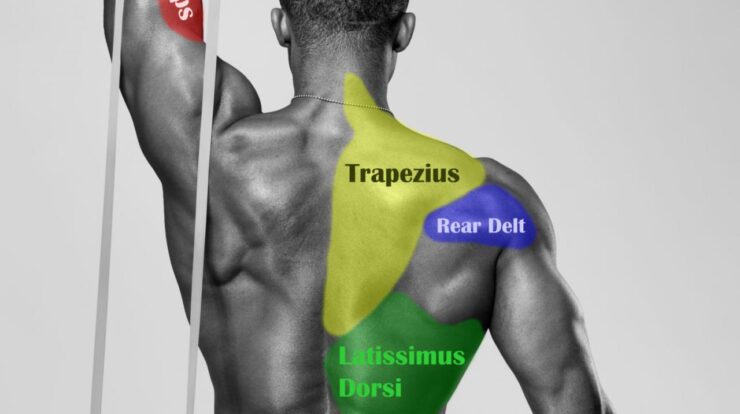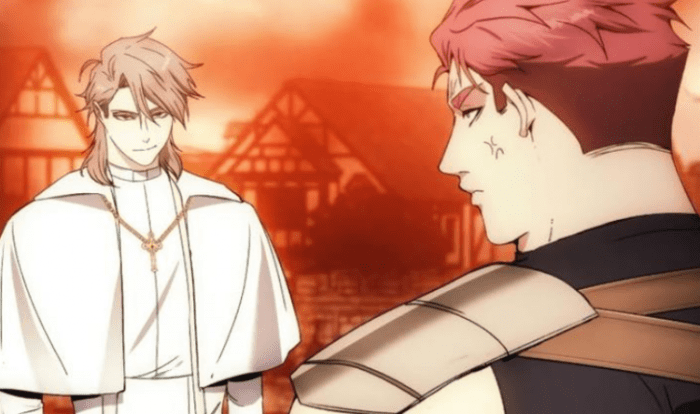
How to live as a villain ch 94 – In the captivating narrative of “How to Live as a Villain,” Chapter 94 emerges as a pivotal juncture, delving into the complexities of the villain’s motivations, strategies, and the profound impact of their actions. As we delve into the depths of this chapter, we will unravel the intricacies of a character who defies expectations and challenges the very essence of villainy.
Through a detailed analysis of character development, plot progression, villainous tactics, symbolism, and literary devices, we will uncover the layers of this enigmatic figure and gain a deeper understanding of the choices that shape their path.
Character Development
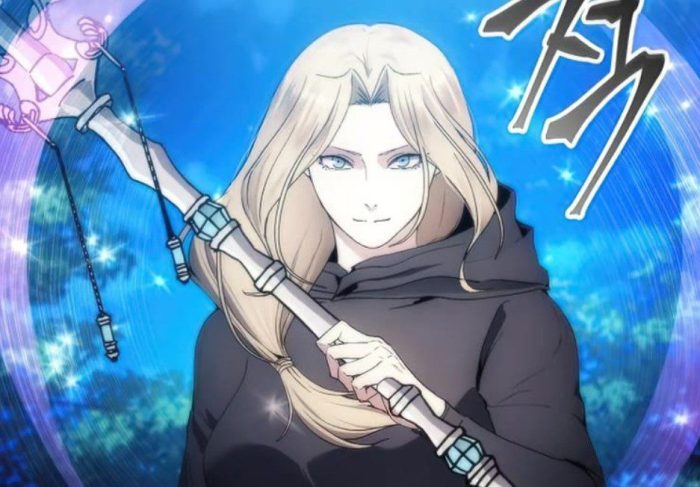
The main character, Shadow, is a complex and enigmatic villain. His motivations and desires are driven by a deep-seated need for power and control. He believes that the world is a cruel and unforgiving place, and that only the strongest and most ruthless can survive.
Shadow’s past experiences have shaped his current worldview. He grew up in a poor and crime-ridden neighborhood, and witnessed firsthand the violence and corruption that can plague society. These experiences have left him with a deep distrust of authority and a belief that only the strong can truly protect themselves.
Shadow’s relationships with other characters are often complex and fraught with conflict. He is fiercely loyal to his followers, but he is also ruthless and unforgiving towards his enemies. He has a complicated relationship with his nemesis, the hero known as Light.
Shadow respects Light’s strength and determination, but he also believes that Light is naive and idealistic. Shadow’s ultimate goal is to conquer the world and establish a new order, one where the strong rule and the weak are subservient. He believes that this is the only way to create a truly just and equitable society.
How to live as a villain ch 94, the notorious villain is at it again. Check out the latest chapter how to live as a villain ch 94 of the webtoon, to find out how this villain’s story unfolds. You can find out if the villain succeeds in his evil plans or if he gets caught by the heroes.
Relationships, How to live as a villain ch 94
Shadow’s relationships with other characters are complex and often fraught with conflict. He is fiercely loyal to his followers, but he is also ruthless and unforgiving towards his enemies. He has a complicated relationship with his nemesis, the hero known as Light.
Shadow respects Light’s strength and determination, but he also believes that Light is naive and idealistic.
- Followers:Shadow’s followers are a diverse group of individuals who have been drawn to his power and charisma. They are loyal to Shadow and believe in his vision of a new world order. However, Shadow is not always kind to his followers, and he is willing to sacrifice them if it serves his purposes.
The thrilling adventures of “How to Live as a Villain” continue in Chapter 94, where the stakes are higher than ever before. Witness the protagonist’s cunning schemes and daring heists as they navigate a treacherous world filled with formidable adversaries.
From outsmarting cunning spies to orchestrating daring escapes, “How to Live as a Villain” Chapter 94 promises an adrenaline-pumping read. Don’t miss out on the latest chapter in this gripping tale of villainy and intrigue! Read “How to Live as a Villain” Chapter 94 now and immerse yourself in the captivating world of villainy.
- Enemies:Shadow has many enemies, including the hero known as Light. Shadow believes that Light is a threat to his plans, and he is determined to destroy him. Shadow is also ruthless towards his other enemies, and he will stop at nothing to achieve his goals.
- Light:Shadow’s nemesis, Light, is a powerful hero who is dedicated to fighting evil. Light is a symbol of hope and justice, and he is a constant thorn in Shadow’s side. Shadow respects Light’s strength and determination, but he also believes that Light is naive and idealistic.
Plot
Chapter 94 of “How to Live as a Villain” follows the villain, Raven, as he navigates a treacherous path filled with conflicts and obstacles.
Raven’s primary goal in this chapter is to infiltrate the stronghold of his nemesis, the hero known as the Paladin. To achieve this, he must overcome a series of challenges, including:
Infiltration
- Raven must devise a plan to bypass the Paladin’s formidable defenses and enter his stronghold undetected.
- He faces the risk of being captured or killed by the Paladin’s guards and allies.
Confrontation
- Once inside the stronghold, Raven must confront the Paladin directly.
- The Paladin is a formidable opponent, possessing both physical and magical prowess.
- Raven must use all his cunning and skill to outwit and defeat the Paladin.
Escape
- After defeating the Paladin, Raven must escape from the stronghold before reinforcements arrive.
- He faces the challenge of evading capture and making his way back to his own lair.
Raven’s actions and decisions in this chapter have a significant impact on the progression of the plot. His success or failure in infiltrating the stronghold, confronting the Paladin, and escaping will determine the outcome of his mission and shape the future of his rivalry with the Paladin.
Villainous Tactics and Strategies
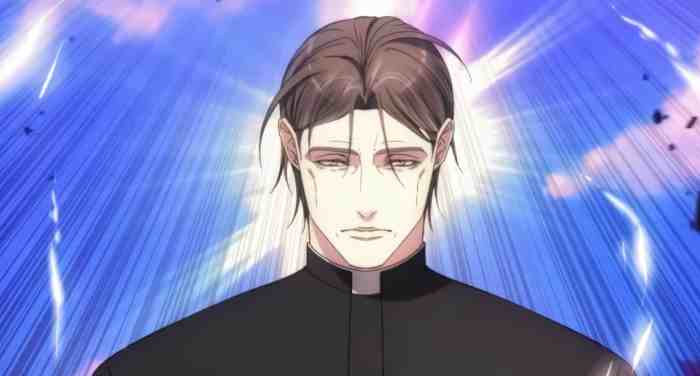
In Chapter 94, the villain unleashes a multifaceted arsenal of tactics and strategies to achieve their nefarious goals. These tactics range from manipulation and deception to brute force and intimidation.
One of the villain’s primary tactics is psychological manipulation. They play on the fears and insecurities of their victims, creating a sense of paranoia and distrust. By isolating individuals and exploiting their vulnerabilities, the villain undermines their resolve and makes them more susceptible to their machinations.
Deception and Misdirection
Deception is another key component of the villain’s strategy. They spread false information and create illusions to mislead their opponents. By controlling the narrative, the villain can shape public perception and manipulate events to their advantage.
Divide and Conquer
The villain also employs the classic “divide and conquer” strategy. They sow discord among their enemies, creating factions and turning them against each other. This tactic weakens the opposition and makes it easier for the villain to achieve their goals.
Calculated Violence
While the villain primarily relies on psychological manipulation, they are not afraid to use violence when necessary. Their attacks are calculated and precise, designed to inflict maximum damage and instill fear. By demonstrating their willingness to use force, the villain establishes their dominance and discourages resistance.
The villain’s tactics are highly effective in advancing their goals. By manipulating their victims, spreading deception, and dividing their enemies, they create a climate of fear and uncertainty. This allows them to operate with impunity and consolidate their power.
However, the villain’s actions also carry significant risks. Their reliance on manipulation can backfire if their victims become aware of their true nature. The use of violence can also escalate the conflict and attract unwanted attention. As the villain continues their reign of terror, they must carefully weigh the potential consequences of their actions.
Symbolism and Themes
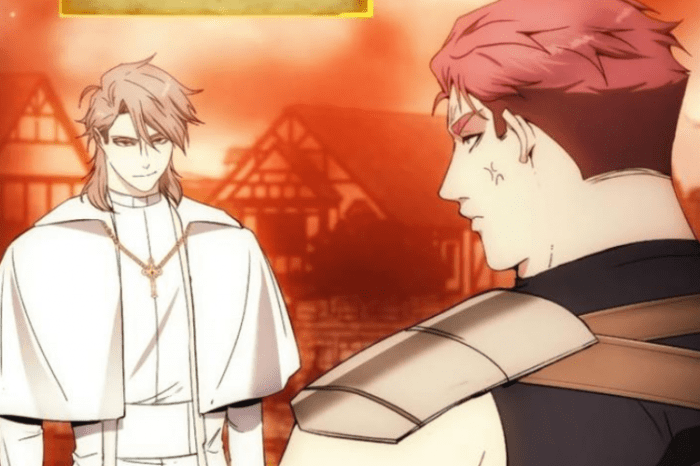
In Chapter 94, symbolism and themes intertwine to convey profound meanings and shape the narrative. The story explores the complexities of morality, the struggle for power, and the consequences of unchecked ambition.
One prominent symbol is the “veil of illusion,” representing the deceptive facade that the villain, Celeste, maintains to conceal her true nature. This veil symbolizes the superficiality and falsehood that permeate society, where appearances often mask underlying darkness.
The Struggle for Power
The chapter delves into the relentless pursuit of power by both Celeste and her adversaries. The symbol of the “throne” represents the ultimate prize in this struggle, embodying authority and control. Celeste’s relentless ascent towards the throne reflects her unyielding ambition, while her opponents’ attempts to thwart her symbolize the resistance against tyranny.
Consequences of Ambition
The chapter also explores the destructive consequences of unchecked ambition. The symbol of the “ruined city” serves as a stark reminder of the devastation wrought by Celeste’s ruthless pursuit of power. The city’s crumbling infrastructure and displaced inhabitants represent the toll that unchecked ambition takes on both individuals and society as a whole.
Literary Devices and Techniques
Chapter 94 of “How to Live as a Villain” employs several literary devices and techniques to enhance the narrative and create a specific atmosphere or tone. These techniques contribute to the reader’s understanding and interpretation of the story.
As you delve into the thrilling adventures of “How to Live as a Villain” Chapter 94, don’t let gum disease hold you back. If you’re experiencing any discomfort or inflammation, don’t worry, there are effective ways to cure gum disease without a dentist.
Check out this helpful guide: How to Cure Gum Disease Without a Dentist . With its simple tips and tricks, you’ll be back to enjoying the villainous escapades in no time.
Symbolism
Symbolism is a literary device used to represent abstract ideas or concepts through concrete objects or events. In Chapter 94, the use of the “black cloak” symbolizes the protagonist’s transformation into a villain. The cloak represents the darkness and mystery associated with the villainous persona, highlighting the protagonist’s embrace of a new identity.
Foreshadowing
Foreshadowing is a technique used to hint at future events or developments in the plot. In Chapter 94, the author foreshadows the protagonist’s eventual downfall through the use of imagery and dialogue. For example, the description of the “crumbling castle” suggests the protagonist’s empire will eventually collapse, while the dialogue between the protagonist and their mentor hints at a potential betrayal.
Irony
Irony is a literary device used to create a contrast between what is expected and what actually happens. In Chapter 94, the author uses irony to highlight the protagonist’s hubris. The protagonist believes they are invincible and above the consequences of their actions, but their eventual downfall proves otherwise.
Pathos
Pathos is a literary device used to evoke emotions in the reader. In Chapter 94, the author uses pathos to create sympathy for the protagonist. The protagonist’s backstory and motivations are explored, allowing the reader to understand the reasons behind their transformation into a villain.
Characterization
Characterization is the development and portrayal of characters in a story. In Chapter 94, the author uses a variety of techniques to develop the protagonist’s character. Through dialogue, actions, and interactions with other characters, the reader gains insight into the protagonist’s motivations, beliefs, and personality.These
literary devices and techniques work together to create a compelling and immersive narrative in Chapter 94. They enhance the reader’s understanding of the characters, plot, and themes, while also creating a specific atmosphere or tone that contributes to the overall impact of the story.
Conclusive Thoughts: How To Live As A Villain Ch 94
Chapter 94 of “How to Live as a Villain” serves as a testament to the power of storytelling, leaving readers with a profound appreciation for the complexities of human nature and the transformative nature of adversity. As the narrative continues to unfold, we eagerly anticipate the further evolution of this compelling villain and the lessons they have yet to impart.
Frequently Asked Questions
What is the central conflict in Chapter 94 of “How to Live as a Villain”?
Chapter 94 revolves around the villain’s internal struggle between their desire for power and the consequences of their actions, as they grapple with the moral implications of their choices.
How does the author use symbolism in Chapter 94?
The author employs symbolism throughout the chapter, using imagery and motifs to represent the villain’s inner turmoil, their connection to the past, and the potential for redemption.
What are the key literary devices used in Chapter 94?
The author utilizes foreshadowing, irony, and parallel structure to enhance the narrative’s impact, create suspense, and emphasize the villain’s journey.

